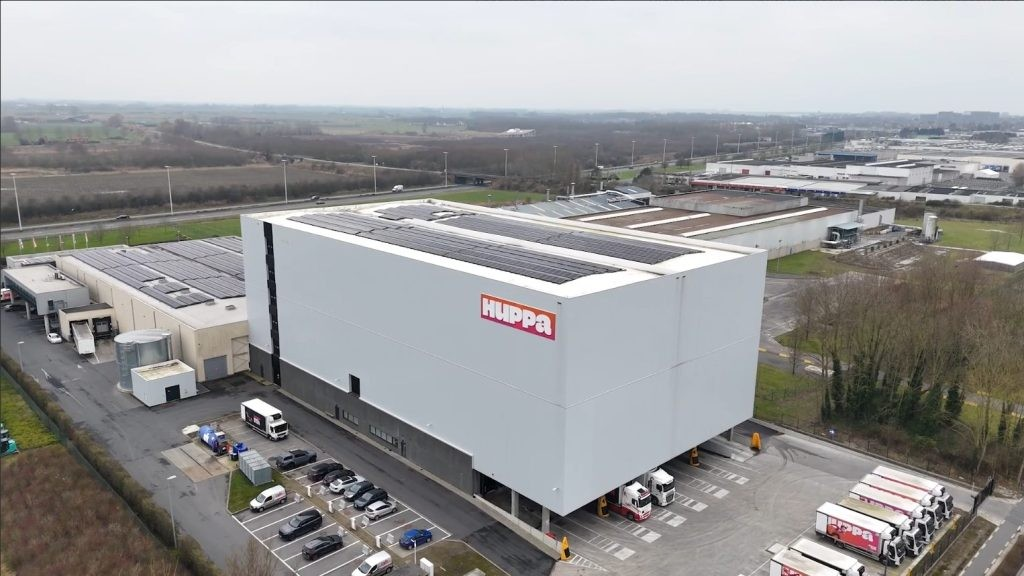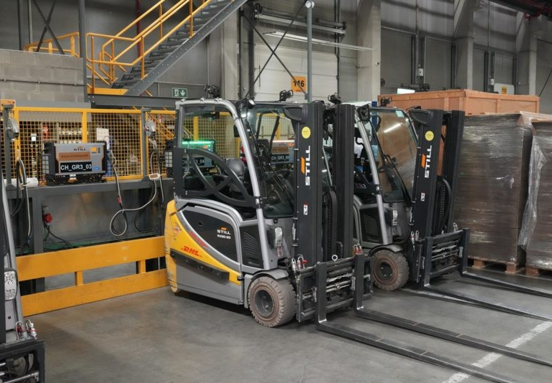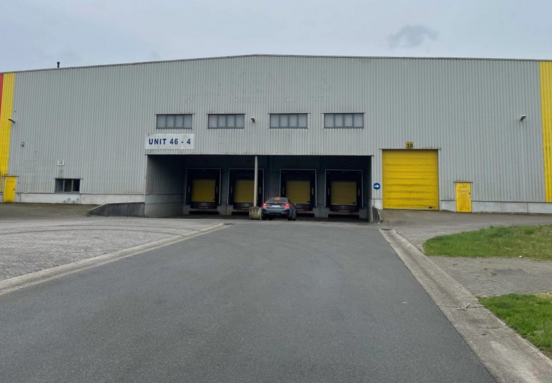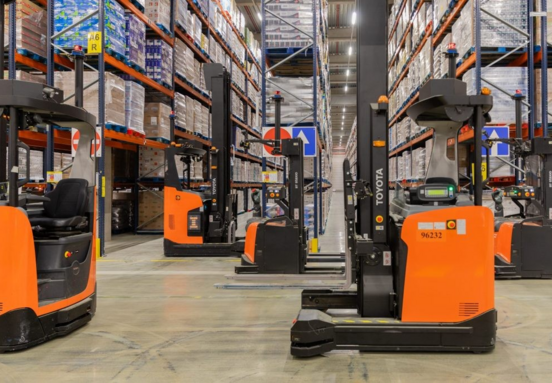Huppa's award-winning strategy: optimizing logistics post-merger
In the dynamic world of supply chain and logistics, adapting to change while maintaining efficiency is paramount. The recent success of Huppa, a company forged from the 2023 merger of Upfresh and Franky Fresh Food, provides a compelling case study in strategic logistics optimization.
Huppa was awarded the prestigious Logistics Project of the Year 2025 for their innovative Skyfall project, centered around their automated refrigerated bin warehouse in Ostende.
The challenge: integrating operations and scaling capacity
Mergers and acquisitions often bring significant logistical challenges, requiring the integration of diverse systems, infrastructures, and operational flows. For Huppa, the fusion of Upfresh and Franky Fresh Food necessitated a complete re-evaluation of their logistics network. The core of their strategy involved not just merging existing facilities but significantly upgrading and expanding them to handle the combined volume and complexity.
The focal point of this transformation was the Ostende warehouse. To effectively integrate Franky Fresh Food's operations and future-proof their capacity, Huppa undertook a massive expansion, effectively doubling the warehouse's footprint and storage capabilities.
The solution: automation and expert collaboration
Achieving such a dramatic increase in capacity and operational efficiency without disrupting daily activities is a logistical feat. Huppa's Skyfall project leveraged cutting-edge automation and technology. Key components included:
- An automated refrigerated bin warehouse (ASRS) for high-density storage and retrieval.
- Advanced conveyor systems and palletizers.
- A sophisticated Warehouse Management System (WMS) for seamless control and visibility.
- Specialized refrigeration solutions and durable bins.
This ambitious project was brought to life through collaboration with leading logistics experts like Logflow and technology providers such as TGW, C&W, Arco, and Schiphorst. Their combined expertise was crucial in designing and implementing a system capable of handling the intricate demands of a merged fresh food operation.
Key takeaways for businesses seeking space
Huppa's success story offers valuable lessons for any business looking to optimize its supply chain, especially those considering relocation, expansion, or undergoing mergers:
Strategic Space is Crucial: The warehouse isn't just a building; it's the engine of your logistics. Its location, size, and layout directly impact efficiency and scalability.
Technology is an Enabler: Automation and advanced WMS are essential for handling increased volume, improving accuracy, and reducing labor costs.
Capacity Planning is Key: Mergers or growth require significant upfront investment in capacity to avoid bottlenecks down the line. Doubling capacity was a bold but necessary step for Huppa.
Integration Requires Expertise: Bringing together disparate systems and processes needs careful planning, often requiring external logistics architecture and technology partners.
Location Matters: The choice of location, like Ostende for Huppa, is strategic for connectivity and proximity to markets or supply chains.
The operational launch of the optimized Ostende warehouse in September 2024 marked the culmination of this significant project, demonstrating that strategic investment in modern warehouse facilities is critical for navigating business transitions and achieving operational excellence.
Huppa's award is a testament to the power of using challenges like mergers as a catalyst for fundamental logistics optimization. It underscores the importance for businesses to view their warehouse and logistics infrastructure as a core competitive advantage.
Exploring the future of logistics infrastructure
Huppa's project is part of a broader trend towards sophisticated logistics solutions. The Logistics Project of the Year awards also recognized ECS for their automated vertical warehouse in Zeebruges and Shipit for a multimodal logistics concept in Brussels, further highlighting the diverse ways businesses are leveraging innovative space and technology solutions to gain an edge.
Source: transportmedia.be







